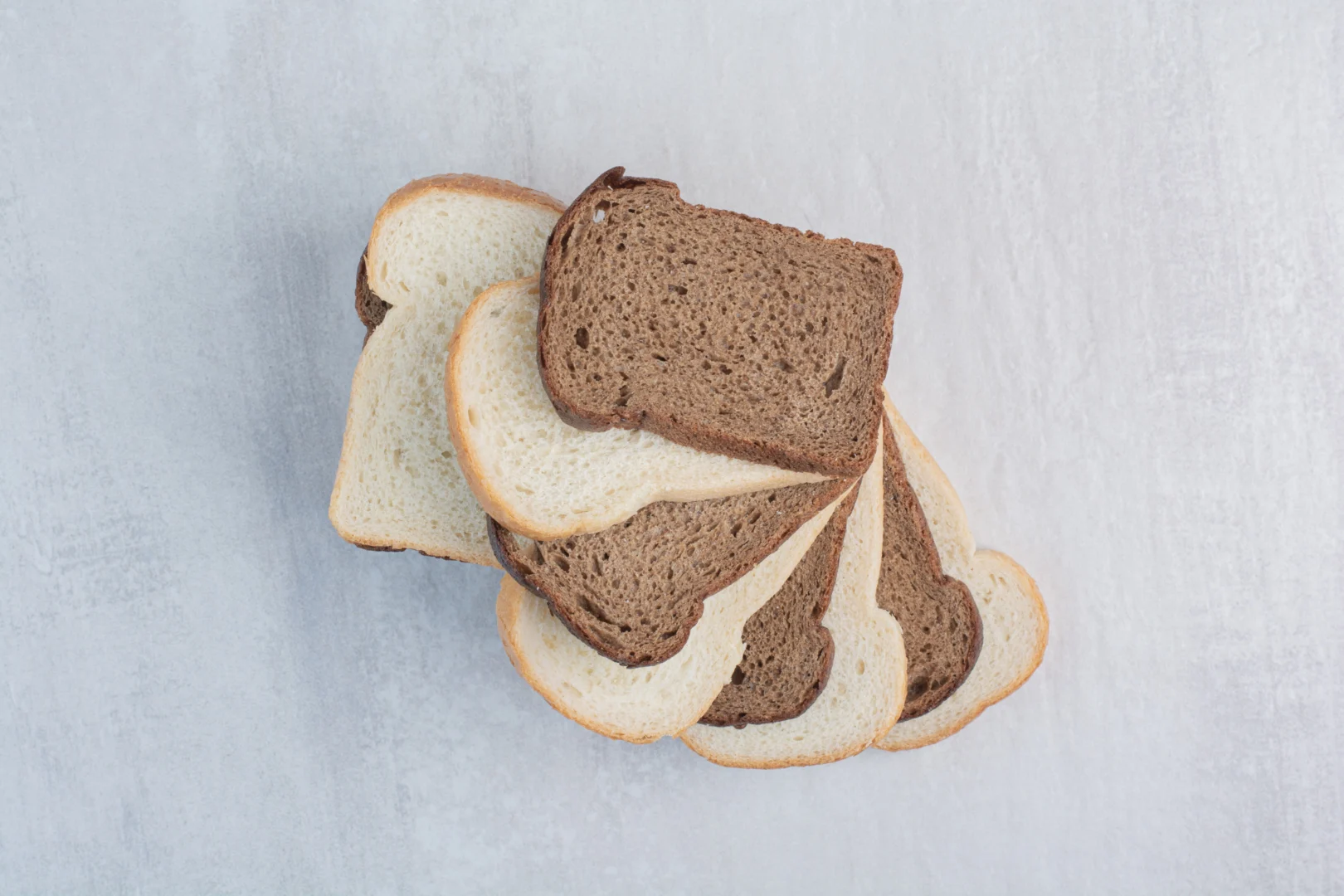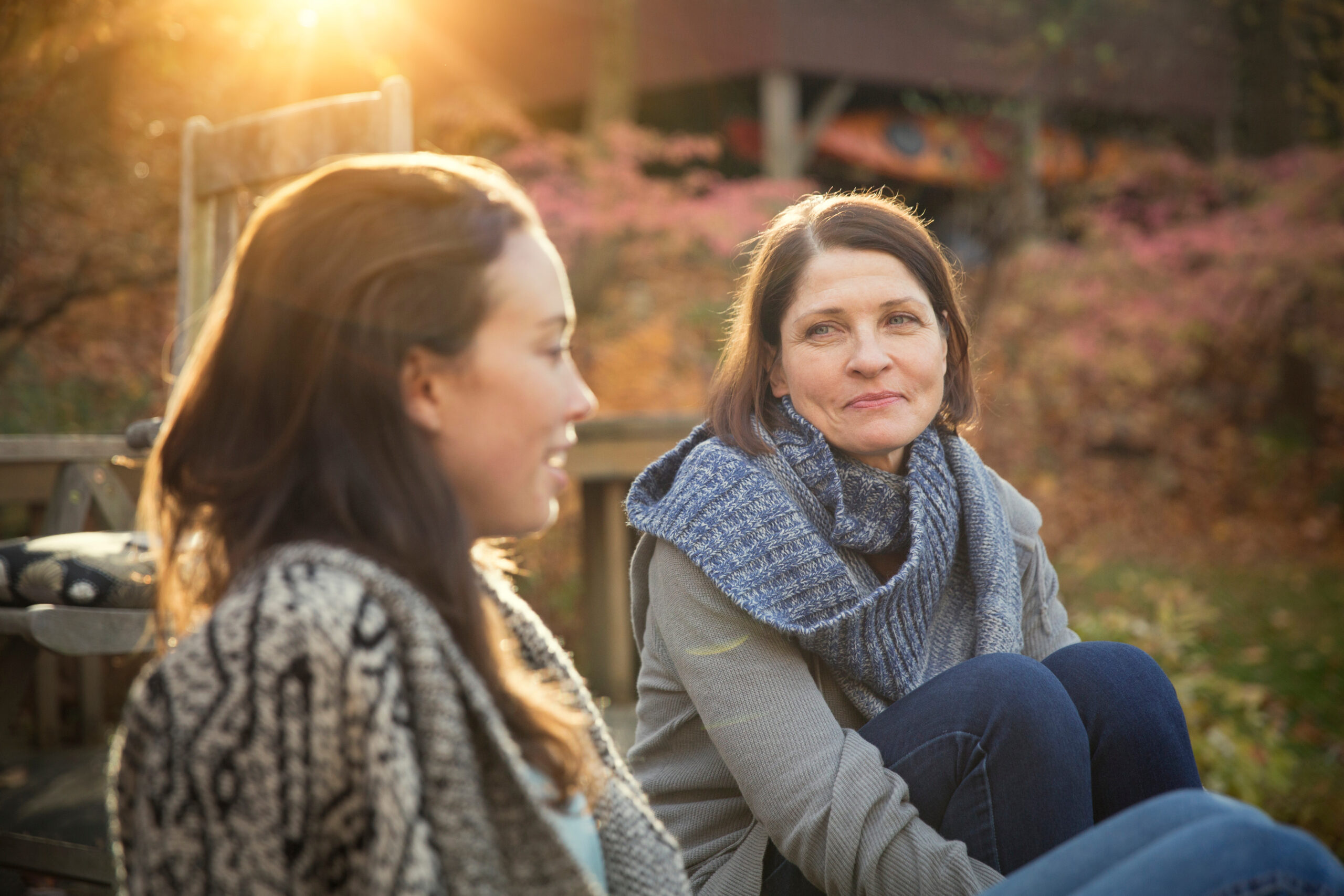The Japanese Walking Secret: Why This Ancient Habit Is the Key to Modern Longevity
In a world obsessed with high-intensity workouts and complex fitness regimens, one of the most powerful health secrets requires no gym membership, no wearables, and no apps. It’s been quietly

In a world obsessed with high-intensity workouts and complex fitness regimens, one of the most powerful health secrets requires no gym membership, no wearables, and no apps. It’s been quietly practiced in Japan for centuries—and it’s simply called walking.
But this isn’t just walking as we know it. The Japanese have elevated walking into a mindful, health-enhancing, culturally-rooted practice that supports longevity, mental clarity, and emotional well-being. From daily steps to forest paths, the Japanese approach to keep walking offers a lesson the modern world urgently needs.
Let’s explore what makes Japanese walking culture so unique, why it works, and how you can integrate it into your own life—starting today.
Walking Is a Lifestyle in Japan
Japan consistently ranks among the healthiest diet and longest-living nations on Earth. According to the World Health Organization, Japanese women have an average life expectancy of 87.7 years, among the highest globally. And while diet and healthcare play a role, daily movement—especially walking—is foundational.
Unlike many Western nations where walking is optional or recreational, walking in Japan is cultural and structural:
- Most Japanese cities are highly walkable, with reliable public transportation that encourages walking to and from stations.
- Schools often do not offer school buses, so children are raised walking as a norm.
- Elderly citizens continue to walk well into old age, often without mobility aids.
- Japan’s geography encourages walking through hills, shrines, rivers, and temples—all part of everyday routes.
A 2019 study by The Lancet Public Health found that older Japanese adults walk over 6,000 steps per day on average, significantly higher than seniors in the U.S., U.K., or Australia.
The Philosophy Behind Japanese Walking
Japanese walking isn’t just about movement—it’s about intention. There are three key philosophies that guide how the Japanese integrate walking into daily life:
1. Shinrin-yoku (Forest Bathing)
This practice involves immersing oneself in nature through slow, mindful walking in forests. Developed in the 1980s as a government initiative to combat stress, shinrin-yoku has been proven to lower cortisol, reduce blood pressure, and improve mood.
- A study from Nippon Medical School found that a two-hour forest walk decreased stress hormones by 16%.
- Participants also showed boosted immune function, with elevated natural killer (NK) cell activity lasting up to 7 days post-walk.
2. Kaidan Tōsei (Taking the Stairs)
Rather than elevators or escalators, many Japanese choose stairs as a form of “micro-exercise.” In Tokyo subways, signage often promotes stair use as a way to support heart and bone health.
3. Ma (間)
“Ma” is the Japanese concept of space and pause. Even walking is often done at a pace that allows for appreciation—of nature, surroundings, or the journey itself. This contributes to a more relaxed nervous system and greater mindfulness.
Health Benefits of Japanese Walking
Scientific research strongly supports the long-term benefits of consistent, low-intensity walking:
- Reduces risk of chronic diseases like type 2 diabetes, heart disease, and hypertension.
- Improves joint health and prevents mobility issues associated with aging.
- Enhances mental clarity and emotional regulation.
- Promotes healthy digestion and metabolism after meals.
- Encourages social connection and community when done in public or with others.
In fact, a 2021 study from Kyoto University found that walking 8,000–10,000 steps daily reduced all-cause mortality by 40% compared to sedentary individuals.
Read About: Biohacking in 2025: Frontier of Wellness or Fad in Decline?
Cultural Rituals of Walking in Japan
- Morning walks in neighborhoods are a tradition for retirees.
- Families walk together after dinner to improve digestion and bond.
- Pilgrimage routes like the Kumano Kodo and Shikoku Henro offer spiritual and physical challenges, drawing thousands annually.
- Schoolchildren are often seen walking in groups, reinforcing community awareness and safety.
How You Can Walk the Japanese Way
Start integrating Japanese-style walking into your own life with a few simple shifts:
- Make it daily – Aim for 6,000–10,000 steps, but prioritize consistency over step count.
- Add mindfulness – Leave the headphones behind occasionally. Focus on your breath, pace, and surroundings.
- Walk in nature – Even once a week. Parks, trails, or tree-lined streets can lower stress levels.
- Use walking for errands – Ditch the car or bus when possible.
- Walk socially – Invite friends or family for a post-meal stroll.
Remember, it’s not about speed. It’s about presence.
The wrap up
In Japan, walking isn’t exercise—it’s a way of life. It’s a ritual, a healer, and a bridge to longevity. While modern wellness culture chases the next big thing, Japan reminds us that simple steps—taken mindfully—are powerful medicine.
Whether you’re navigating a city street or a quiet forest path, adopting the Japanese approach to walking could be the healthiest move you make this year.
Take the first step. Your body—and your mind—will follow.
By Ravoke News Desk for Ravoke.com








